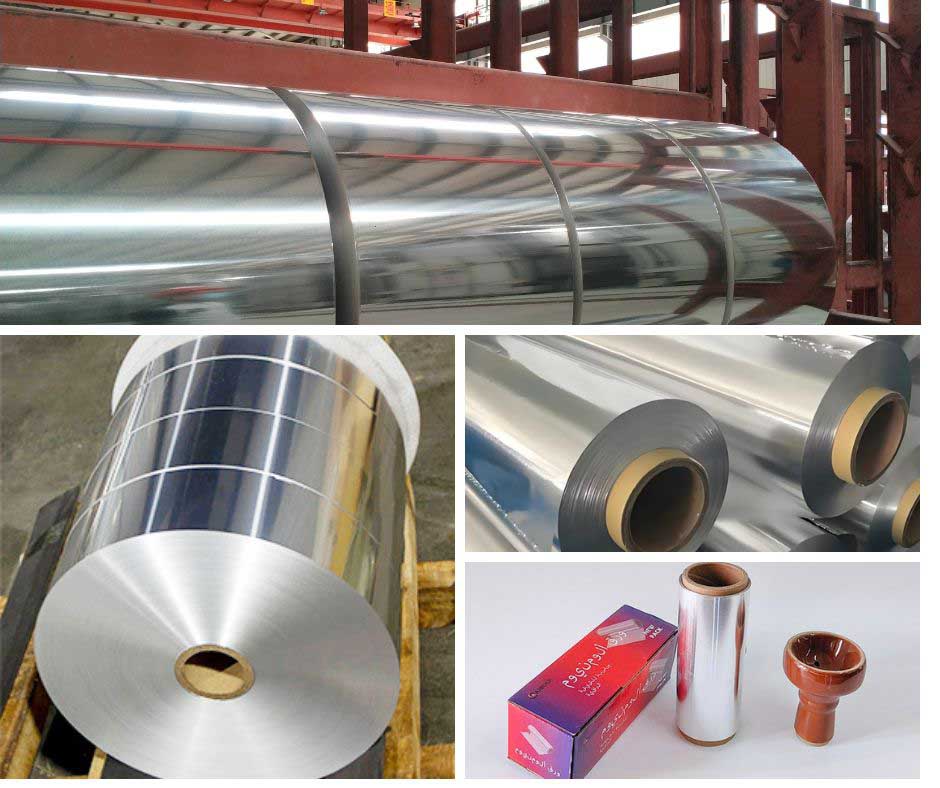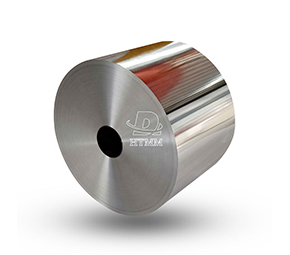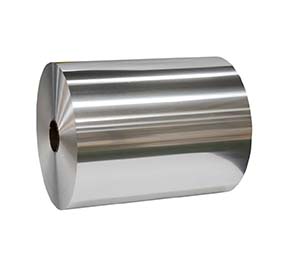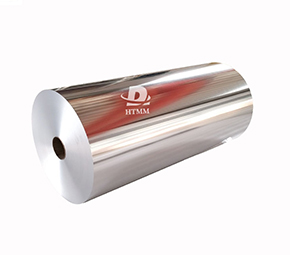Experienced hookah smokers know that while aluminum foil is seemingly insignificant, it is crucial. It acts as a translator between charcoal and tobacco, ensuring even heat transfer without burning through it. Large rolls of aluminum foil are available in various sizes. Choosing the right one saves time and money, while choosing the wrong one can compromise flavor at best and even waste a whole pot of good tobacco at worst. Today we will explain how to choose the best roll of aluminum foil for your needs.
Let’s start with size, which is the most intuitive factor. Larger rolls of aluminum foil depend mainly on width and length: the width determines how large a sheet can be cut to cover the bowl, while the length determines how long the roll will last. Currently, the width of the mainstream is 30 to 40 cm. This range is not arbitrary—a standard pipe diameter is typically between 15 and 20 cm. 30 cm. The wide sheet of aluminum foil will cover the bowl perfectly, while also providing a nice, pinch-to-seal edge. 40cm in diameter. The wider foil makes wrapping easier but is a bit wasteful for the average user. For domestic use, 10-20m foil is recommended. Last for about a year and a half based on two to three smokes a week. Professionally rolled foil of 50 meters length is the most cost effective for commercial use in hookah bars. While the price per roll is higher, the cost per meter is actually lower.

Thickness is often overlooked by beginners, but is crucial to the user experience. A good aluminum foil should be between 12 and 18 microns thick (roughly the thickness of two human hairs). Don't be fooled by the "thicker is better". Very thick foil (over 20 microns) conducts heat poorly, preventing the heat from the charcoal from reaching the surface, resulting in low smoke and tasteless smoke. Very thin (under 10 microns) foil breaks easily, creating holes when pressed into charcoal. This can cause air leaks at best, and even pieces of charcoal can fall on the tobacco and ruin the whole hookah. Some manufacturers will label the packaging as "thick" or "too thin." Sticking with a standard thickness somewhere in the middle is recommended for maximum consistency. There is an easy way to test the thickness: Tear off a small piece of aluminum foil and hold it up to the light. If light is faintly visible but objects are barely visible, the thickness is perfect.
Details of materials and craftsmanship such as these cannot be determined by appearance alone. Truly high quality aluminum foil uses high purity aluminum (at least 99.5%) to avoid metallic odors while vaping. A subtle matte embossing is ideal—not just for aesthetics; This treatment increases the hardness of the foil, preventing it from sticking to the knife when cut and wrinkling when wrapped. Pay attention to the original material too: hard plastic cores are more durable than paper cores and will even last the last few metres. Perforated aluminum foil has recently become popular, with pre-formed, regularly spaced holes on the surface, which claim to improve airflow. In actual testing, this results in a smoother smoke flow, but it’s about 30% more expensive and suitable for experienced vapers looking for the ultimate experience.
Finally, a word on purchasing tips. Although they all claim to be "food-grade aluminum foil," the actual experience can vary widely between brands. Aluminum foil produced in Turkey and Germany is more sophisticated, but more expensive. Domestically produced foils offer better value and are suitable for everyday use. When purchasing, pay attention to the packaging seal. Aluminum foil is most vulnerable to moisture and oxidation. Do not use if you see any black or spots on the surface. Store in a cool, dry place, away from direct sunlight. Environmental protection is now a consideration, and some brands are using recycled aluminum and paper packaging. While more expensive, it provides peace of mind.
Ultimately, choosing a big roll of aluminum foil is like choosing "underwear" for your hooker: it needs to fit perfectly and be breathable. The specifications are only a guide; Actual experience is key. Beginners are allowed to wear the standard 30cm. It is recommended to start with the x 10m size, then experiment with other sizes once you are comfortable with it. Remember, good aluminum foil should be as invisible as possible—when you completely forget it’s there and just focus on enjoying the hooker aroma, you really have chosen the right size.
These innovations not only enhance the user experience, but also promote the development of hookah culture
Buying tips of Hookah Aluminum Foil
When purchasing large rolls of aluminum foil for hookahs, in addition to paying attention to size, pay attention to some practical details. First, check the integrity of the packaging to make sure the foil is free from moisture or distortion. A good aluminum foil roll should be packed tightly, often with a cardboard cover to prevent damage during transport. After opening the package, feel the surface of the foil. High-quality foil should be smooth and flat, without noticeable wrinkles or tears. Second, smell it; Food grade aluminum foil should not have pungent chemical odors. Common usage mistakes include: buying very thin foil to save money, which can break easily; cut too large, resulting in waste; or foil recycling, which can compromise the smoking experience and health. It is recommended that the foil be replaced with a new one after each use to ensure optimum results. Store in a dark and moisture-proof environment, preferably in the original packaging. If you’re purchasing a large roll, you can divide it into smaller rolls for easier access. Remember, the proper foil size and quality is directly related to the taste and safety of your smoke and deserves serious attention.
Hookah Aluminum Foil Storage
Proper care and storage of large shisha aluminum foil rolls can extend their life and ensure optimal use. Unopened aluminum foil rolls should be stored in a cool, dry place, out of direct sunlight, and stored between 15°C and 25°C. Open rolls should be specially protected from moisture. Wrap the cut edges in plastic wrap to prevent oxidation. If you see white spots or discoloration on the surface of the foil, oxidation has begun and it is best not to use it. Modern shisha aluminum foil innovations are worth noting: firstly, eco-friendliness, with the emergence of biodegradable aluminum foil; second, intelligent design, with some brands offering designs with graduated markings and easy-to-tear lines; and third, functionality, such as pre-perforated aluminum foil and self-adhesive edges. Temperature-sensitive aluminum foil may also appear in the future, automatically adjusting its thermal conductivity based on temperature fluctuations. These innovations not only enhance user convenience, but also contribute to a healthy and environmentally friendly seesa culture. Regardless of technological advancements, choosing the right size remains fundamental to a successful shisha experience.





